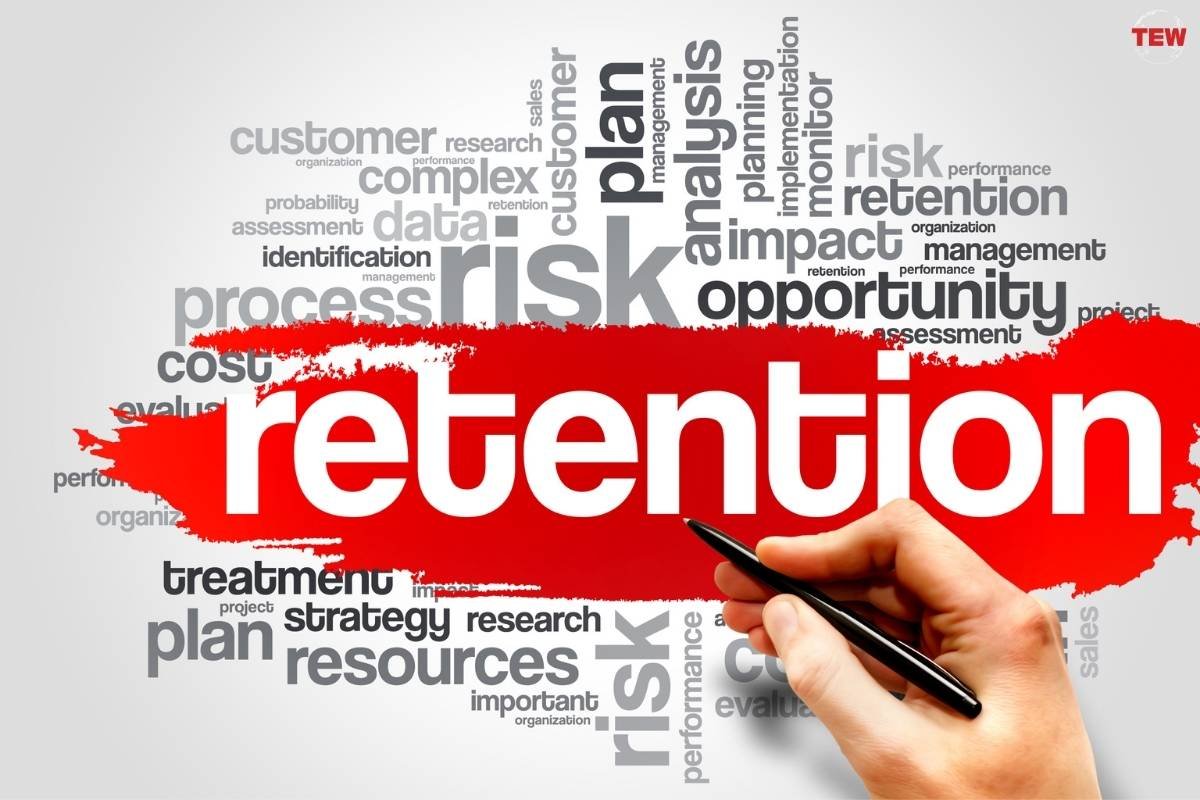In today’s job market, employee benefits programs play a vital role in attracting and retaining top talent. However, traditional programs often lack personalization and fail to address the needs of individual employees. This is where feedback-driven employee benefit programs can make a difference by creating value and fostering engagement.
Recognizing the Importance of Feedback
Feedback serves as a tool for growth and development, benefiting both individuals and organizations. By utilizing 360 feedback software and seeking feedback from employees, employers gain insights into what is working well and areas that require improvement. This feedback can then be used to shape and enhance employee benefits programs, making them more effective and valuable for employees.
Empowering employees to provide feedback demonstrates that their opinions and needs are valued. This fosters trust and engagement and creates the notion that their voices are heard while their input is taken into consideration. Moreover, feedback-driven benefit programs allow employers to focus on the areas that matter most to their employees, resulting in a targeted and impactful benefits package.
Collecting Feedback: The Key to Achieving Success

To create value through a feedback-driven benefit program, it is essential to establish an efficient mechanism for gathering feedback.
Employers have various methods at their disposal to gather feedback from employees, including 360 feedback software, surveys, focus groups, one-on-one meetings, and online platforms.
Surveys
Online surveys are a way to swiftly and efficiently collect feedback from a number of employees. They cover a range of topics, such as satisfaction with current benefits, desired additions or modifications, and suggestions for improvement.
Focus Groups
In-person or virtual focus groups allow for discussions and the opportunity to gather qualitative feedback. These groups can be organized by department or specific demographic groups to ensure that all employees’ perspectives are taken into account.
One-on-One Meetings
Regular check-ins between employees and their managers provide a chance for feedback. These meetings help identify areas of concern or interest, enabling employers to customize benefits programs according to each employee’s needs.
Online Platforms
Utilizing employee feedback software or online platforms streamlines the process and makes it more accessible to an audience. These platforms create a space where employees can provide feedback, make suggestions, and participate in voting on proposed changes.
Analyzing and Responding to Feedback

Gathering feedback is the beginning when it comes to creating a benefits program driven by feedback. It’s equally important to analyze the feedback received and take action based on the insights gained.
Through analyzing the feedback, employers can identify themes, patterns, and any exceptional cases. This helps them determine the areas that require improvement the most and prioritize their efforts accordingly.
When implementing changes based on the feedback received, effective communication is crucial. Keeping employees informed about the progress being made and being transparent about the improvements made demonstrates an employer’s commitment to listening and acting upon employee feedback. This fosters trust among employees and further engages them in the benefits program.
Advantages of Feedback-driven Employee Benefits Programs
Feedback-driven employee programs offer benefits compared to programs. Here are some of their advantages:
Enhanced Employee Engagement
By giving employees a voice in decision-making processes, employers can significantly boost employee engagement and morale. When employees feel valued and heard, they are more likely to be motivated and dedicated to their work.
Tailored Approach
Feedback-driven benefits programs allow employers to customize offerings according to each employee’s needs and preferences. This customization leads to a sense of worth and gratitude for the advantages provided.
Cost Optimization
By focusing on the aspects that hold importance for employees, employers can make the most of their benefits expenditure. Allocating resources towards benefits that are highly valued by employees will result in a return on investment and aid in attracting and retaining talent.
Improved Retention

A crafted and tailored benefits program can have an impact on employee retention. When employees feel that their needs and interests are being taken into account, they are more inclined to remain with the company for longer.
Conclusion
Feedback-oriented employee benefits programs have the potential to generate value and engagement for both employers and employees. By seeking feedback, analyzing it, and taking action based on it, employers can shape benefits programs that are more personalized, effective, and beneficial. This not only enhances employee satisfaction and engagement but also assists in attracting and retaining top talent amidst today’s competitive job market.




